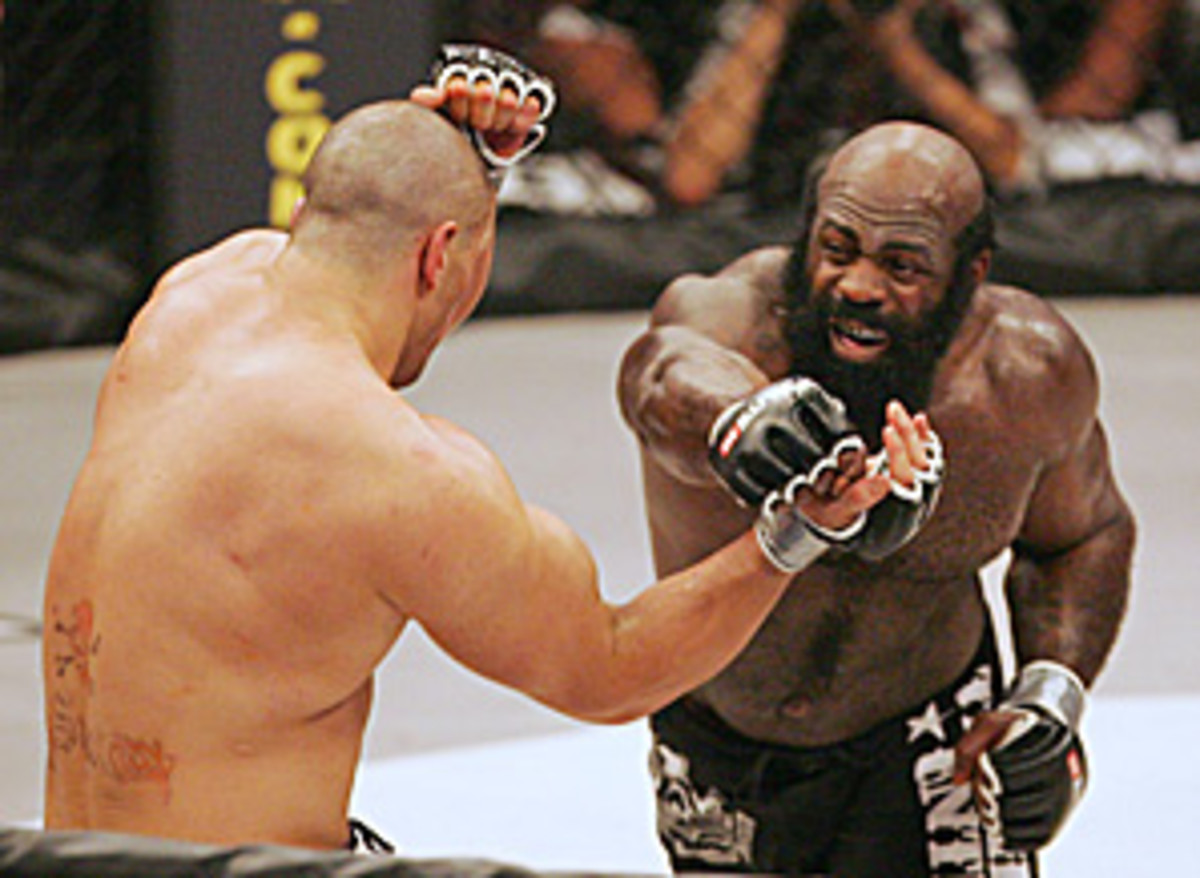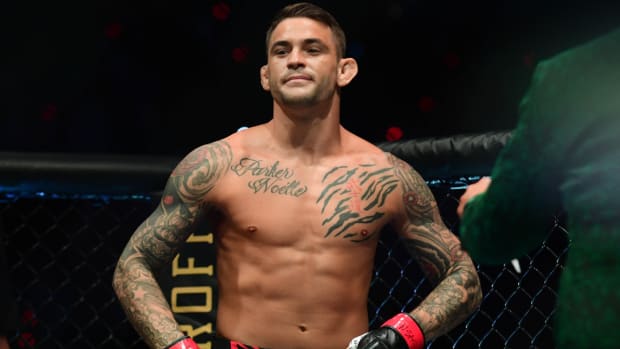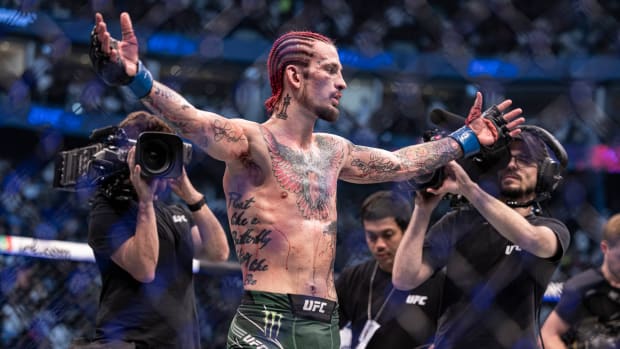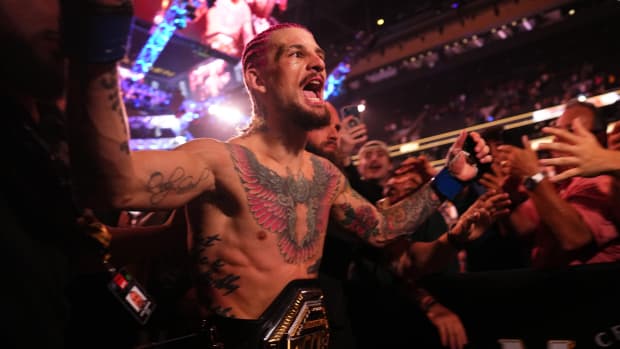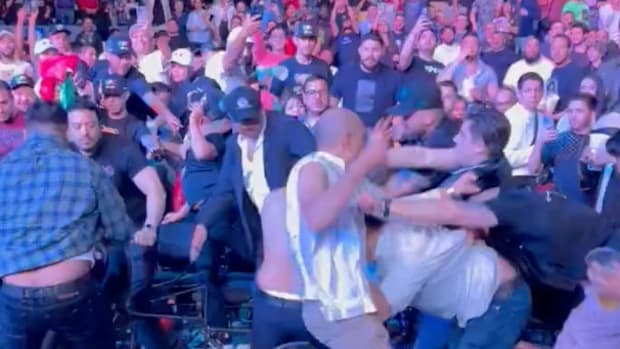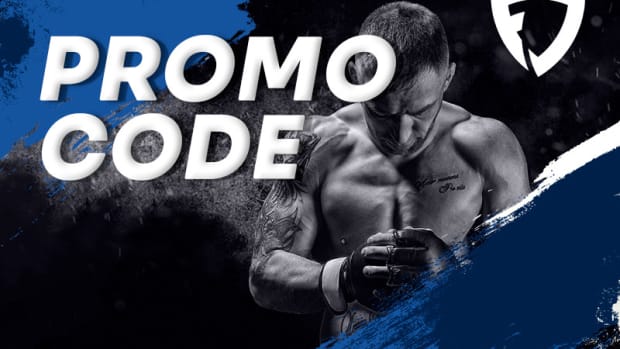Expanded TV coverage reveals UFC isn't the only player
But does UFC's current strength guarantee its spot atop the sport while new players, not necessarily promotional, emerge?
Just this year, CBS offered three live MMA events in primetime that delivered millions of young people on a Saturday night. As SpikeTV benefited from its relationship with the UFC (The Ultimate Fighter), executives at Showtime and HDNet say positive trends among viewership at their networks can be attributed in some measure to MMA. HDNet, as an example, made the sport a cornerstone of its programming, and despite the fact that none of its fights were UFC-branded, the audience has responded favorably. NBC shares an under-the-radar late night programming relationship with MMA, which could lead to live Strikeforce-promoted fights on the network in 2009. And Disney will test the waters by marketing a tournament-style program on ESPN Deportes starting next year. If the audience is there, MMA could make its way to ESPN2 by 2010.
With so many broadcast outlets where there were basically none five years ago, top fighters, who have developed followings irrespective of the promotion that pays them, would stand to benefit greatly from the increased exposure. So long as networks avoid another "Kimbo Bubble" and decide instead to place their considerable promotional heft behind legitimate fighters, all evidence points to the only thing that matters: big audiences.
Exposed to MMA through hours of televised content each month, a deep reservoir of information and die-hard followers on the web, and expanding coverage in large media, casual fans have begun to find the sport's wider universe. And while the 800-pound gorilla should continue to pound its massive chest on pay-per-view, where promoters have failed to match the UFC, there is considerable room in the televised jungle for all sorts of imposing animals.
To understand why casino mogul brothers Lorenzo and Frank Fertitta purchased the UFC for a paltry $2 million in 2001 after the original operators, Semaphore Entertainment Group, had so badly mishandled the company that not only was it thought to be tainted, the sport itself was on the verge of death, you needn't look further than the belief the brand was MMA in the States.
Several years later, following the investment of $40 million of their own capital, the Fertitta-led UFC, run under the auspices of Zuffa LLC, remerged a stripped-down, grime-free promotional machine. While this alone wasn't enough to make the UFC to thrive as does now -- television was the missing ingredient -- it was a great start for a group projected to generate nearly $250 million in 2008, an estimated 90 percent of all MMA revenue, according to Forbes.
When the UFC partnered with SpikeTV in 2005 for T.U.F., a new generation of mixed martial artists was introduced to a new generation of fight fans. Not only was the sport palatable, it was fashionable. Sponsors invested. Cottage industries sprung up. Paydays increased, as did exposure, and some of the world's best returned after a half-decade of grazing in Japan's greener pastures.
Most importantly, and perhaps first among UFC's many successes, the promotion identified its audience and quickly understood what would keep them buying pay-per-views and tuning in when fights were free. While curiosity may have been piqued by T.U.F. -- which UFC President Dana White dubbed the company's "Trojan Horse" -- the young-male, advertiser-coveted demographic spurred the UFC forward largely because fights subject to the rules of MMA are simply captivating. As the audience has grown, it has remained sticky, in that anyone willing to give it a chance generally ends up taking something away from it that they like.
That was aided, of course, by the UFC's reinvigorated branding efforts -- lest we not forget the UFC is "as real as it gets." The Las Vegas-based promoter focused on reach (courting mainstream media while attempting to assert itself on the sport's niche news outlets); authenticity (they were smart enough to realize no-frills MMA sells); apparel (securing a sizeable share of a growing apparel market stoked awareness in the UFC brand, added new revenue sources, and fostered a sporting subculture not seen since the advent of the X-Games); and producing fights (the vast majority of MMA's top money-making cards in the U.S., both in-arena and on pay-per-view, have come by way of the UFC).
After gaining a foothold, the UFC earned its "800-pound gorilla" tag by dictating terms with fighters while ruthlessly looking to stamp out competitors. (It helped, too, that wannabes -- BodogFight, IFL, ProElite -- didn't understand the space.) However, the climate today is different than it was even two years ago. With networks recognizing as sponsors did that MMA -- not just UFC -- brings in the key demos, there appears to be a shift in the sport's landscape. Whether it's seismic or not could be determined by deals promoters and networks cut in the coming months.
